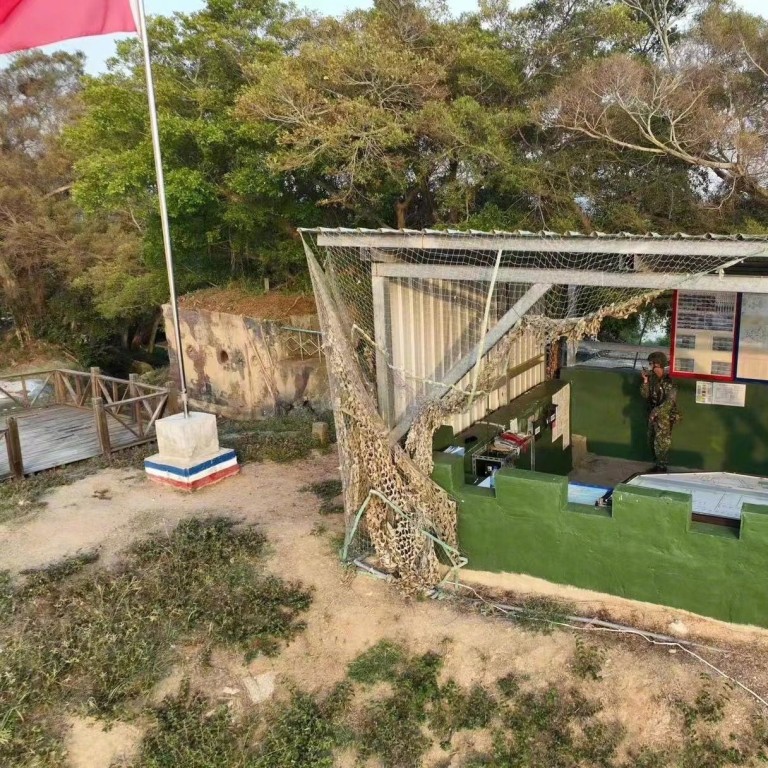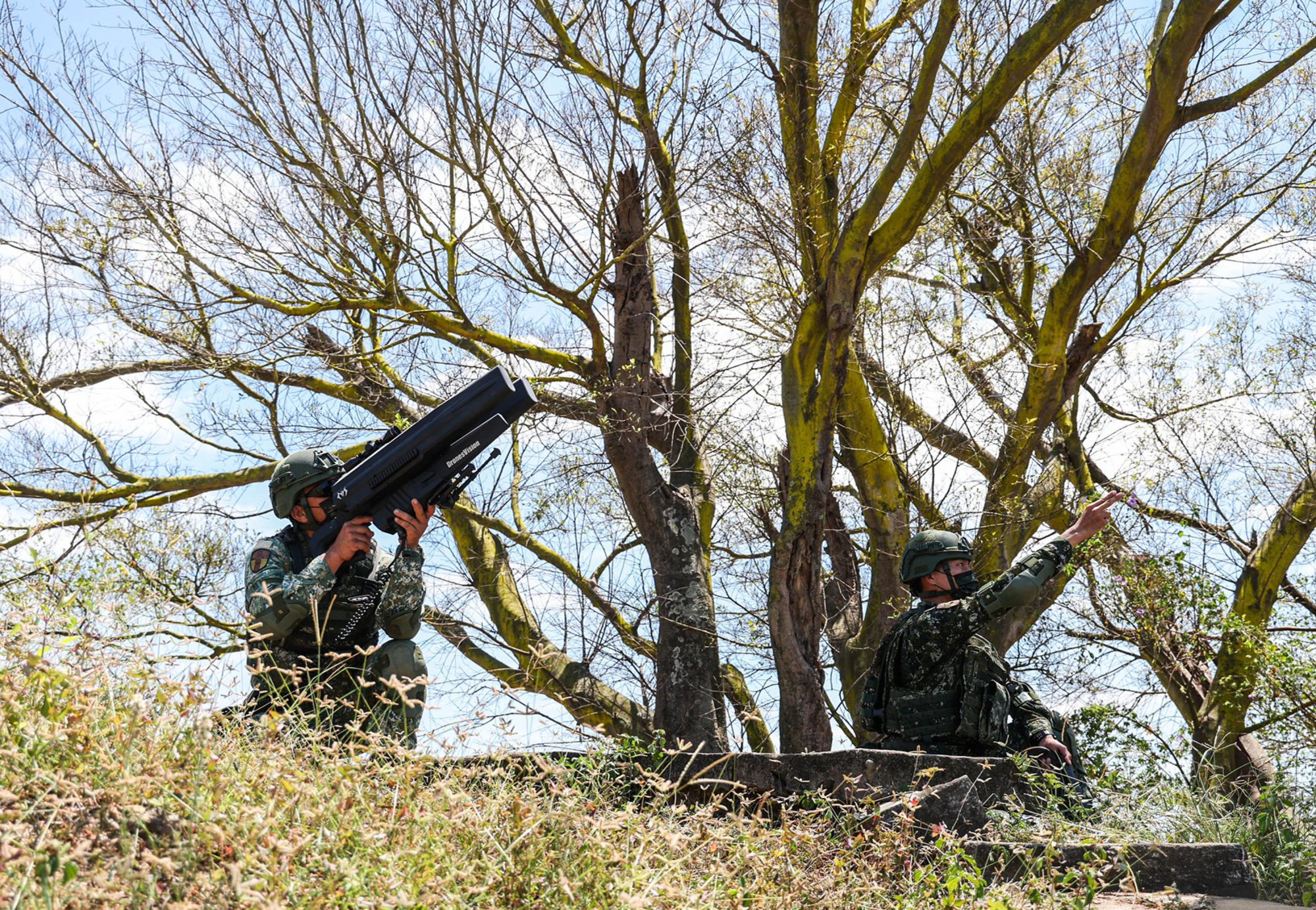
Mainland Chinese drone pilot explains why he buzzed Taiwanese troops and posted footage on internet
- The operator known as Quanzhou Captain says he acted out of ‘curiosity’ and wanted to show his support for reunification
- He says that he and other operators are just ordinary people who want to show their hatred for the idea of Taiwanese independence
More than 60 years ago, balloons carrying leaflets and food flew across the Taiwan Strait as the two sides continued their propaganda war following the communist victory in the civil war.
One mainlander, using the alias Quanzhou Captain, posted a video on social media last week showing a civilian drone flying from Xiamen to the small island of Lieyu, about 5km (3 miles) away.
Risk of a clash rises after Taiwan fires at mainland drone, analysts say
The drone also dropped a message addressed to the troops stationed there and a package of snacks that Taiwanese TV had claimed were unaffordable on the mainland.
“The mentality of most flier friends flying to Taiwan is to declare sovereignty and [show our] longing for reunification,” the drone user said.
These launches, clearly endorsed by the mainland authorities, have been used to highlight public support for unification on the mainland, but analysts warned they also carried the risk of unintended consequences.
Quanzhou Captain, who declined to disclose his name or job due to the sensitivity of the topic, said he was acting “out of curiosity” about the Taiwanese outpost, adding that other drone amateurs were doing similar things.
He said his drone had flown from Xiamen to Lieyu at a height of around 500 metres (1,600ft), flying for less than half an hour in an air zone that “has no flight restrictions on [manufacturer] DJI’s system”.
The video he posted on Weibo clearly shows the Taiwanese outpost, the troops, their weapons and the package drop.

Days before, he released another video of a similar flight made by a friend of his in late August showing Taiwanese troops whom one commentator described as looking “really insulted”.
Earlier that month another video circulated on mainland social media showing Taiwanese troops throwing stones at a drone.
Quanzhou Captain said he had been using a drone to take photos of his city for around five years, but this was the first time he had done something of this nature.
“Those who fly drones to Taiwan basically pay close attention to current affairs … Most of my flying friends, including mainland people, have no hatred or hostility to the Taiwan people at all, but hate Taiwan independence forces and those who are brainwashed by them,” he said.
In public, Beijing seems supportive of these flights. Zhao Lijian, a spokesman for Beijing’s foreign ministry, said in August that there was no reason to be surprised by drones that were spotted flying over the Quemoy island chain, also known as Kinmen.
Fu Qianshao, a retired PLA Air Force equipment specialist, said “it clearly shows there are no restrictions on drones flying to Kinmen, while there are restrictions preventing drones from flying to areas like the airport”.

The mainlanders flying drones and taking pictures of Taiwanese troops were doing so to mock them, Fu said, but it could also be seen as a warning that may undermine their morale because civilian drones can be converted into weapons.
The Chinese militia, a reserve force that played a key role in the second Taiwan Strait crisis between the 1950s and 1970s – when the two sides exchanged fire – had also improved its ability to use drones for reconnaissance, Fu said.
But he added that restrictions were needed since the two sides were still “in a state of war”.
Taiwan’s military ‘stronger’ following PLA drills: Tsai Ing-wen
The two sides never signed an armistice agreement after the defeated Kuomintang government fled to Taipei after losing the civil war.
Wu Qiang, a political analyst in Beijing, said mainland officials were trying to encourage the rise of nationalist sentiment, which has also been directed against the United States and Japan in recent years.
Wu added: “It is also to erode the sovereign space of the other side of the strait as part of [the mainland’s] expansion strategy.”


